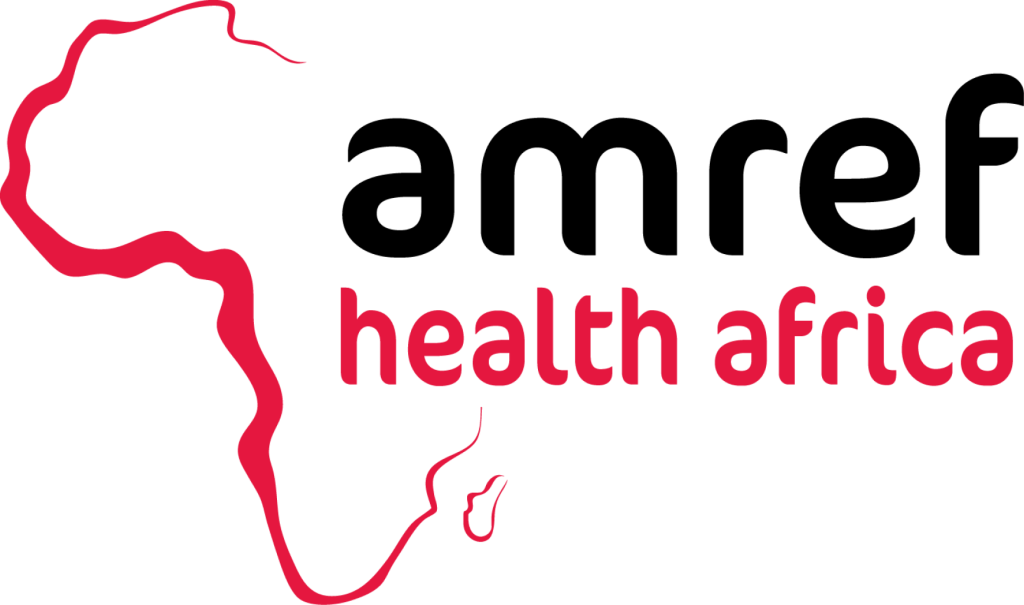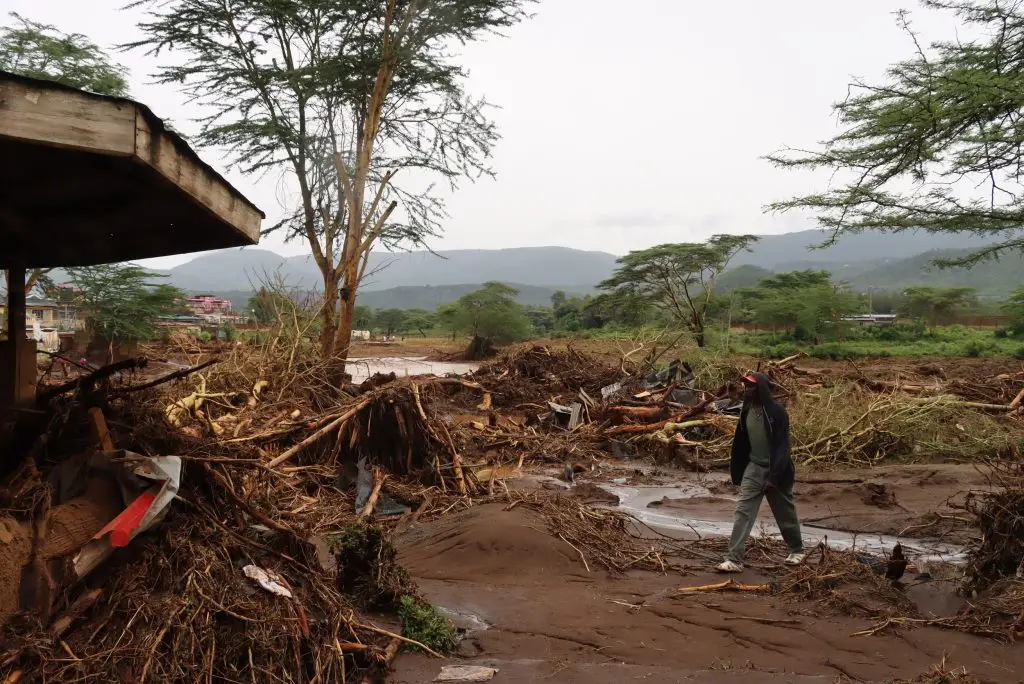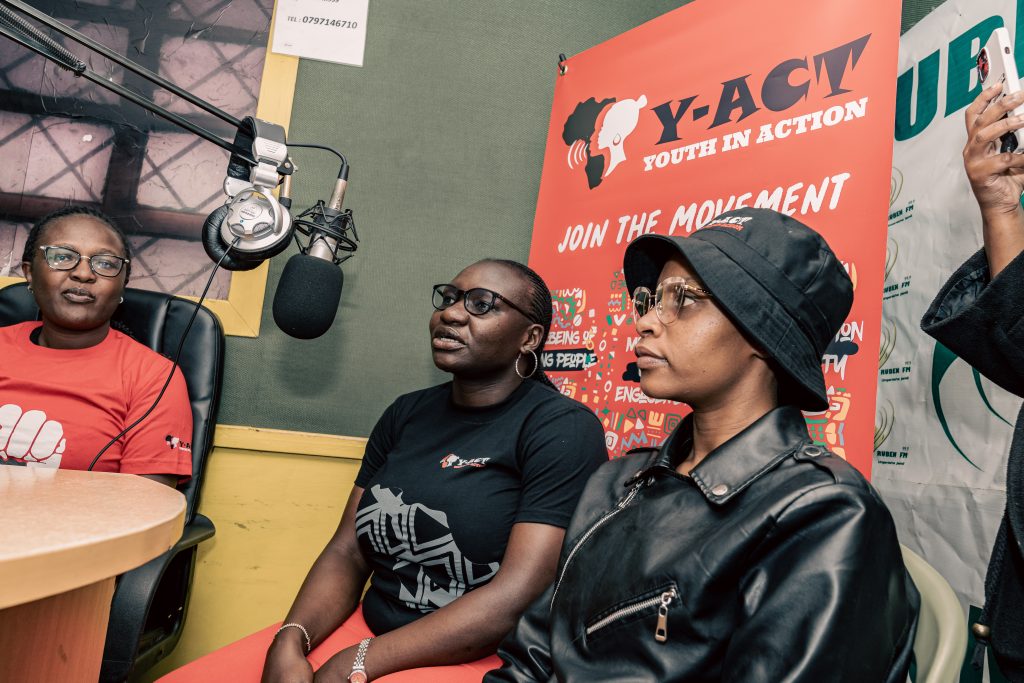Community health workers are the backbone of the health system and the key to achieving health for all.
Health workers are at the heart of health, delivering essential health services to their communities to ensure they are protected from disease, equipped with the right knowledge to keep them and their families safe, and to recognise when they need to access medical help.
By 2030 it is projected that Africa will have a shortage of 6 million health workers. For every health worker missing from the workforce, hundreds of people will go without the health care they need. That’s why Africa Centers for Disease Control (Africa CDC) has the bold ambition of training and professionalising 2 million health workers by 2030.
Community health workers for UHC
Amref works to support that mission, and in partnership with 25 other organisations and the Government of Kenya, we’re investing in the Community Health Units for Universal Health Coverage (CHU4UHC) programme to professionalise the community health workforce in Kenya to strengthen the primary health system—where 80% of people seek care.
In a recent panel discussion at the Sidebar of Skoll World Forum, an expert panel shared their key learnings – what is working to make sure we are closing the health workforce gap in Africa?
Fair payment
Research shows that for every $1 invested in the community health workforce, there is a $12 return. Yet in many countries across Africa, this workforce operates on an entirely voluntary basis with no formalised payment from government.
In Kenya, recent legislation means that the community health workforce is now a paid volunteer workforce. There are too few countries – among them Kenya, Zambia and Ethiopia – who have recognised the extraordinary commitment of this workforce and remunerated this dedication.
The CHU4UHC programme’s advocacy in Kenya for the implementation of the Primary Health Care Act was crucial. Among the key advocacy successes was the 2022 Kenyan elections where programme advocacy ensured that community health was at the heart of election promises. This gave a strong lever to follow up with the government post-elections to ensure they delivered on their promises – in this case, follow up ensured that 100,000 CHWs were given mobile phones on which to record critical household health data, equipment with which to deliver services to households, and salaries.
Digitisation and data
With those new phones, 107,000 CHWs across Kenya are now digitally connected to national health information systems—thanks to a partnership with Safaricom. They can both receive essential training on their phones and collect vital data that feeds into national health systems.
This is a crucial step in building a stronger primary health system. Until 3 years ago, paper forms were used to collect this data—meaning more time to collect, record and inform stakeholders of the data they contained. And of course, more margin for errors in collecting and reporting the data, as the collection was not seamlessly integrated into the national digital health systems.
With this digital access, households and CHWs in one area can be mapped together, to ensure that each household has direct health support. In turn, the CHWs collect and register the households’ health data, helping to form a complete picture of communities’ health. This connection between back-end data and front-line implementation means data-led national health decision-making, and better service delivery.
Trust through dialogue
Community health workers are trusted community members.
Millicent Miruka, a community health worker from Kenya, says trust is at the heart of her work. She’s been a CHW for 15 years – a decision she made when she tragically lost her own baby because she could not get the health care she needed in time. She wanted to work to ensure no other woman in her community found herself in the same situation. Now, 70% of the community health workforce are women.
She is the connector between the community and the health facility, ensuring that there is clear and direct communication between them. As a CHW she also has monthly reviews with the government, feeding them with information and insights she’s gained from the community, which will help them allocate resources appropriately.
Find out more about the CHU4UCH programme

Expert panelists included: Emilie Chambert, CEO Living Goods; John Wanyungu, Deputy Head of Health Services in Kenya’s Department of Health; Julius Mbeya, Co-CEO of Lwala Community Alliance; Millicent Miruka, Community Health Worker (CHW).





